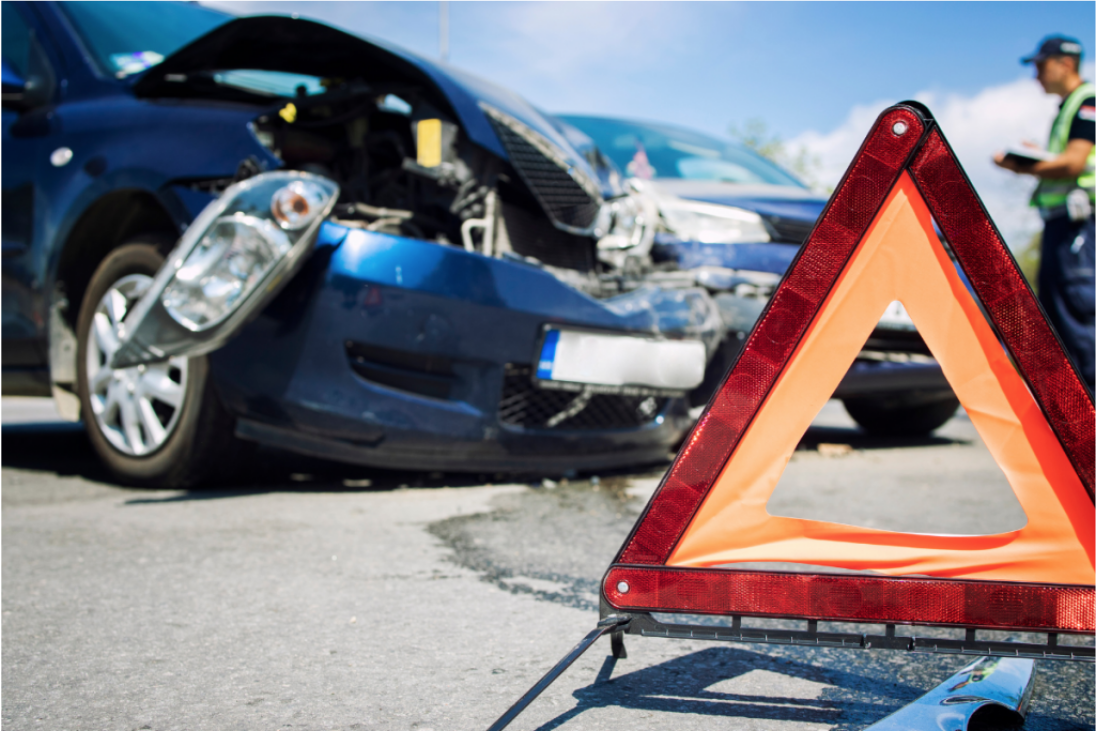Every year, car accidents on American roads leave a trail of devastation. These accidents claim countless lives, cause serious injuries, and inflict significant economic burdens. Despite advancements in car safety technology, the number of car accidents in the United States paints a concerning picture of driver behavior.
This article discusses the scope of the problem, explores the leading causes of car accidents, discusses potential solutions to make our roads safer, and how car accident attorneys will assist you in the event of an accident.
Going further:
Causes of Car Accidents
The human element remains the primary cause behind most car accidents. Distracted driving, fueled by our constant urge to stay connected, is a significant threat. Texting, talking on the phone, or even adjusting the GPS while driving diverts our attention from the road, significantly increasing the risk of accidents. The National Highway Traffic Safety Administration (NHTSA) reports that in 2020, cell phone use was involved in an estimated 6.7% of all fatal crashes in the United States.
Driving under the influence of alcohol or drugs further impairs judgment and coordination. According to the NHTSA, in 2020, alcohol-impaired crashes accounted for 29% of all traffic fatalities in the United States. This translates to over 11,600 deaths attributable to drunk driving.
Reckless driving behaviors like speeding, ignoring traffic signals, or attempting risky maneuvers contribute significantly to car accidents. Speeding is a hazardous habit, as it reduces reaction time and increases the severity of crashes. The NHTSA reports that speeding was a factor in over 26% of all fatal crashes in 2020.
Drowsy driving, often caused by sleep deprivation or fatigue, can be just as dangerous as driving under the influence. A study by the AAA Foundation for Traffic Safety found that drowsy driving was a factor in 3% of all fatal crashes in 2019. Poor weather conditions like rain, snow, or fog can also reduce visibility and make roads slippery, increasing the likelihood of accidents.
Impact of Car Accidents
The cost of car accidents is heartbreaking. In 2022, an estimated 42,915 people lost their lives in traffic crashes in the United States. This translates to over 117 lives lost every single day. Many more suffer serious injuries that can have lasting physical, emotional, and financial consequences. The Centers for Disease Control and Prevention (CDC) reports that in 2020, there were an estimated 2.3 million people injured in motor vehicle crashes in the United States.
The economic impact of car accidents is equally staggering. Medical bills, lost wages due to injuries, and vehicle repairs cost billions of dollars annually. The CDC estimates the total cost of motor vehicle crashes in the United States in 2020 was $190 billion. The emotional toll on individuals and families who have lost loved ones or been impacted by severe injuries is immeasurable.
Potential Solutions
Potential solutions to make our roads safer are as follows:
- Stricter enforcement of traffic laws, including harsher penalties for distracted driving and driving under the influence, can serve as a deterrent.
- Public awareness campaigns that educate drivers about the dangers of distracted driving and other risky behaviors are crucial to changing mindsets.
- Advancements in car safety technology offer promising solutions. Automatic emergency braking systems, lane departure warnings, and blind spot monitoring can all play a role in preventing accidents.
- Educational programs for new drivers can equip them with the knowledge and skills to navigate the roads safely.
Role of Car Accident Attorneys in Your Case

Some of the roles of personal injury attorneys are as follows:
- Case Evaluation and Guidance: Personal injury attorneys offer free consultations to assess the details of your case. They’ll analyze the accident scene, police reports, medical records, and witness statements to determine the cause of the accident and identify the at-fault party. Based on this evaluation, they’ll advise you on the legal options available and the likelihood of a successful claim.
- Evidence Collection and Investigation: Building a strong case hinges on solid evidence. Personal injury attorneys know how to gather crucial evidence, such as police reports, medical records, accident scene photos and video footage, and witness statements. They may also consult with accident reconstruction experts to determine the cause of the crash.
- Negotiating with Insurance Companies: Dealing with insurance companies after an accident can be stressful, especially if they try to downplay the severity of your injuries or offer a low settlement. Personal injury attorneys have the experience and expertise to negotiate with insurance companies on your behalf. They will fight to ensure you receive the maximum compensation you deserve for your medical expenses, lost wages, pain and suffering, and property damage.
- Understanding Medical Bills and Lost Wages: Medical bills can pile up quickly after an accident. Personal injury attorneys can help you understand and manage your medical bills, ensuring all necessary and related treatments are covered. They can also help you recover lost wages due to missed work while recovering from your injuries.
- Court Representation (if necessary): If a fair settlement cannot be reached with the insurance company, your attorney will be prepared to represent you in court. They will handle the complex legal proceedings and advocate for your rights throughout the litigation process.
- Emotional Support: Car accidents can be emotionally draining experiences. Personal injury attorneys can provide support and guidance throughout the legal process, allowing you to focus on your recovery.
Conclusion
Car accidents remain a severe problem in the United States. The staggering number of accidents, fatalities, and injuries (6.7 million crashes, 42,915 deaths, and 2.3 million injuries annually) paints a grim picture of driver behavior on American roads. A multi-faceted approach that combines stricter enforcement, public awareness campaigns, technological advancements, and driver education is essential to improve road safety. Ultimately, each driver takes the wheel seriously and prioritizes their safety.

























































































































